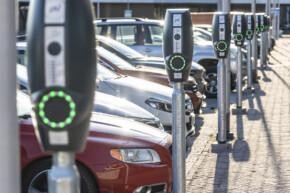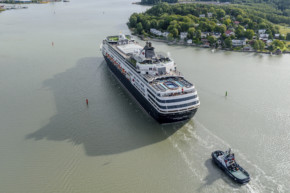More environmentally friendly port operations
The aim of the Port of Turku is to minimise the environmental impacts of port operations on land, sea and air. To this end, we co-operate with other companies operating in the port, the City of Turku and numerous other stakeholders, as well as on the international level.
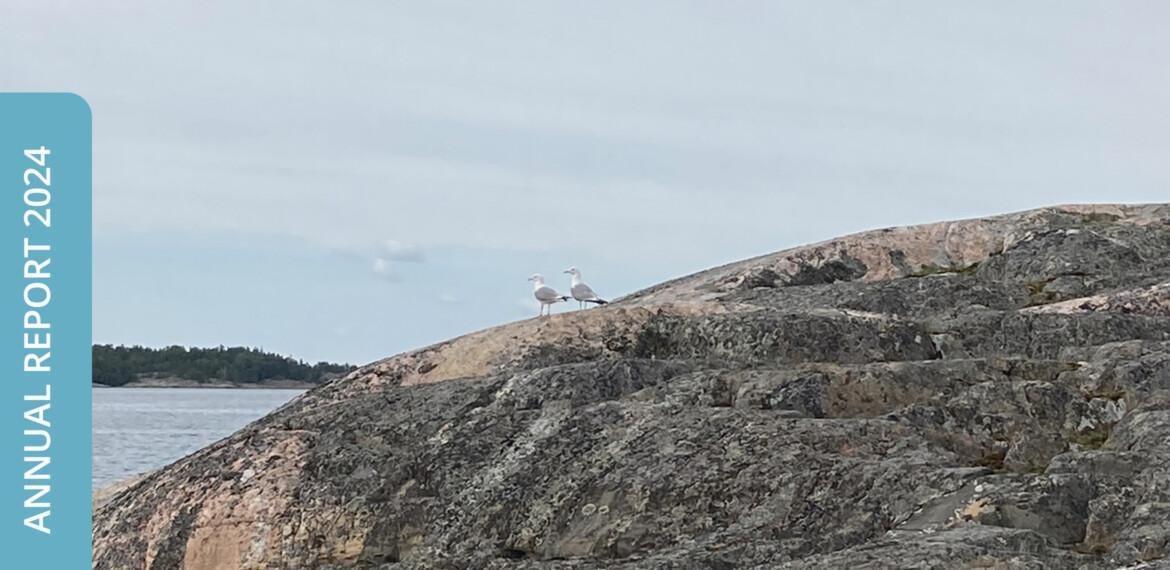
Our long-term work for the environment has also yielded results. Emissions into air from port operations in relation to tonnes transported decreased very significantly and improved energy efficiency has reduced our electricity consumption. As an effort to improve the state of the Baltic Sea, we have shifted to disposing dredging masses on land.

Working together to make Turku carbon neutral by 2029
We are a member of the City of Turku’s Climate Team. As part of our commitment to the city’s climate programme, we have announced that we will endeavour to reduce our emissions in order to realise the target of making Turku carbon neutral by 2029. We will also communicate about the climate actions of our organisation, act as a model for climate work and contribute to the actions of the Climate Team.
We have promoted the transition towards carbon neutrality by transitioning to the use of renewable energy and the electrification of our operations.
For example, following competitive bidding, we now use renewable electricity, and our vehicles and machinery have been switched to electric options as far as possible given the possibilities offered by the market.
First year of green corridor co-operation
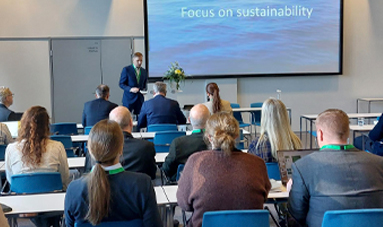
We signed a green corridor co-operation agreement with the Ports of Stockholm and Viking Line in February 2024. The aim of the co-operation is to create a fossil-free, green maritime corridor between the cities by 2035 at the latest. In connection with this collaboration, we are planning to take many actions to reduce carbon dioxide emissions, for example, in the wake of the new Ferry Terminal Turku project.
The digitalisation and automation of a smart port reduce exhaust emissions caused by the movement of ships, HGV vehicles and passengers.
We intend to draw up guidelines on possible ways to achieve zero emissions in the port.
Viking Line’s first green maritime corridor
Viking Line ships have already progressed from planning to implementation. During 2024, the shipping company celebrated Baltic Sea Day by opening the first ever green maritime corridor in the Baltic Sea between Turku and Stockholm for one week. Between 29 August and 4 September, Viking Glory and Viking Grace sailed the route using only biogas (LBG) as fuel. Since the summer of 2023, the shipping company has also offered its passengers as well as its conference and cargo customers travelling the route between Turku and Stockholm the opportunity to contribute to green objectives by purchasing the amount of biofuel equivalent to the emissions created by their journey. When realised, this translates to a 90% decrease in emissions per passenger or cargo unit.
Since the autumn of 2024, Viking Line’s vessels have been able to refuel with both LNG and LBG gas in Turku.
A cleaner Baltic Sea through the reduction of water pollution
The well-being of the maritime environment is one of the key objectives of the Port of Turku’s environmental programme, which we strive to achieve by reducing the burden of port operations on our waterways. The most significant of our actions to benefit the state of the Baltic Sea and the Archipelago Sea is the transition to the disposal of dredging masses on land from 2023 onwards. In 2024, dredging began in January along the portion of the Aura River that lies within the City of Turku and continued into June in the port and port fairways. The dredging masses were transported to the Lauttaranta district of Hirvensalo, where they are being used to raise the ground surface in order to form the foundation of a residential area in the future.
We also reduce the burden on the waterways by providing vessels with easy and reliable methods for waste water treatment.
The port has five fixed sewer connections for pumping waste water directly from vessels. In addition, smaller ships can take advantage of a tank truck that transfers waste water to a designated reception well. Regardless of method, all waste water ends up being properly treated by the Kakolanmäki wastewater treatment plant.
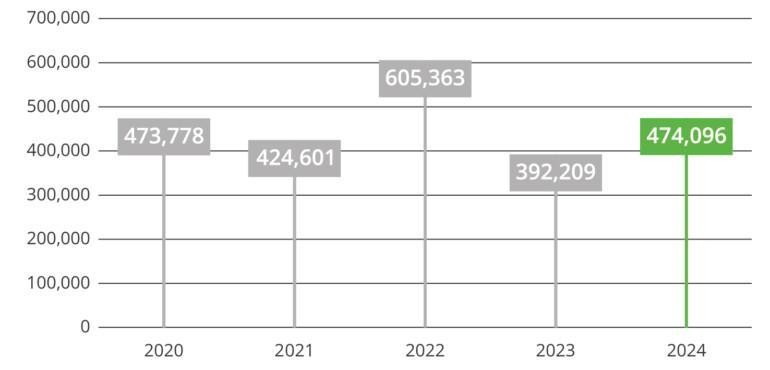
Multi-faceted co-operation for the benefit of the maritime environment
In addition to the project to make Turku carbon neutral by 2029 and the green corridor co-operation, the Port of Turku is also actively collaborating with other actors who are committed to the protection of the Baltic Sea and maritime environment. We continue to be involved in the Baltic Sea Challenge launched by the cities of Turku and Helsinki. The fourth programme period for the challenge was initiated in January 2024 and will continue until 2028. We also support the work of the John Nurminen Foundation aimed at protecting the Baltic Sea, which has proven to be both practical and impactful. Co-operation with the Foundation began in 2023 and became established in 2024 when we increased our support for the Foundation’s activities. Additionally, we are participating in the building of a biodiversity roadmap for the Finnish Ports Association. The roadmap will be completed in autumn 2025.
Text: Kari Ahonen
Photos: Aija Kallio & Sari Järvinen

